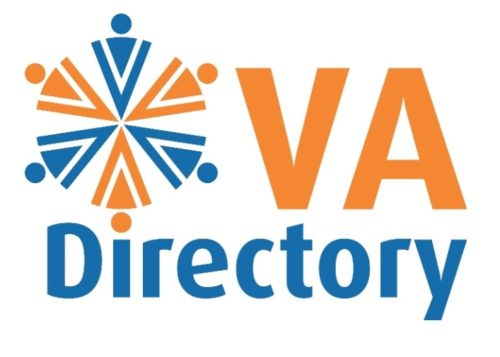Frequently I see new VAs seeking advice about creating a website for their business and what should be included. I thought I’d share a post on this which I’m happy to have shared with others.
First off, they often ask if they need a website if they have a Facebook Page and I say ‘yes, you still need one.’ Why? Because not all your audience are going to be on Facebook. How many people do you know who aren’t on it? If you’re like me, you know quite a few. Either people who are technologically challenged (and really need your services, by the way), people who don’ t have the time (more who need you) or have heard bad things about FB and just don’t want to get on it. Sometimes it’s because they feel they’d waste too much time on it – don’t we all? So yes, you need more than just a Facebook Page and I would encourage you to also look at your LinkedIn Profile and make sure that is up to date as well.

As websites are a stand alone option, they provide an opportunity for you to write articles about what you do and how (blog posts) and for you to provide your contact details so that potential clients can contact you. They can show up in web searches and you can update the look or content as often as you wish.
Now, contact details are the MOST important part of your site. So many people get this wrong. They create beautiful looking websites and only add a form for clients to contact them. This is soooo wrong and it is important that you give clients options for contacting you. In the old school guerrilla marketing way of doing things, we were told to make sure our business cards had a minimum 3 points of contact, i.e. a choice of three from the following: phone number, postal address, fax number, email address, website and so on. I believe this should be carried over to our websites too, so you should definitely have your phone number included within easy view (don’t make them hunt for it) as well as the contact form. You could put your email address providing you use a tool or method for making sure it can’t be just copied and pasted into a database by spammers. And add your postal address, or at least city/state/country if you don’t have a postal address to share. Your phone number should also have your country and state codes included. Don’t forget the web is global – not national. Not everyone who makes contact with you will be in the same state or country as you. And if you’re providing services that are location specific then it helps to save time, instead of wasting it, when a client is considering you for a service. So, here is a list of things to make sure you have on your website when creating it:
- Home page – introduction to your business
- About page – don’t hide, let people know who is behind your business. A photo of you and a brief outline of your experience and skillset so that potential clients can feel confident about what you can do for them. This is not a resume – just a bio.
- Services page – list the services you are providing. You could include your rates if you wish, but it’s not necessary. If you do include rates, make sure you include the currency. Don’t assume that your audience will know what currency you are charging in.
- Contact page – three points of contact: Phone, contact form and/or (protected) email address and an indication of where you are located if you don’t have a postal address.
You can also include your social media links here too, if you wish, i.e. Facebook page (not profile), LinkedIn, Twitter, Instagram, Pinterest, etc. And/or they can be on the home page too or built into the template of your site for every page.
Look at your home page, and if possible, put your phone number and region in the header or footer. Some clients can’t or don’t want to type out a request or question. Some are more comfortable on the phone – even if you aren’t. Don’t miss an opportunity for securing a client because you didn’t make it easy for them to contact you.
Finally, think about the images you’re using. There are a lot of stock photography sites whereby you can get free or low cost professional images for your site. Some I use are: Pixabay, FreeImages and Dreamstime but there are a lot of others. And for a photo of you? If you can afford it, pay someone to take a decent head-shot. But if not, then get someone you trust to take a photo of you with your phone – check the background and make sure it’s plain and uncomplicated. You’re the star of the photo – not what’s in the background. Make sure any lines are straight, either horizontal or vertical. And check that there is plenty of light for the image so you don’t have to use a flash. A flash will produce shadows on the background behind you.

Kathie is the former owner of VA Directory and is former past President of the Australian VA Association. She founded the Virtual Assistant industry in Australia in the mid 90s, having already been operating a home-based secretarial service. Today the VA industry covers a multitude of office-based services for clients worldwide.

Leave a Reply
You must be logged in to post a comment.